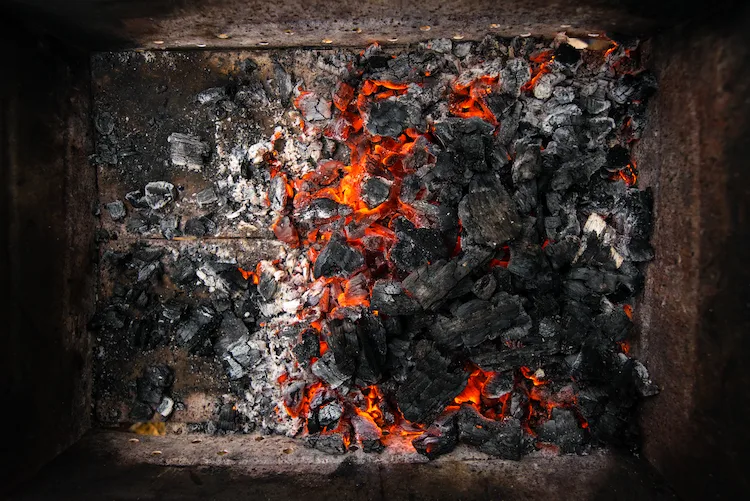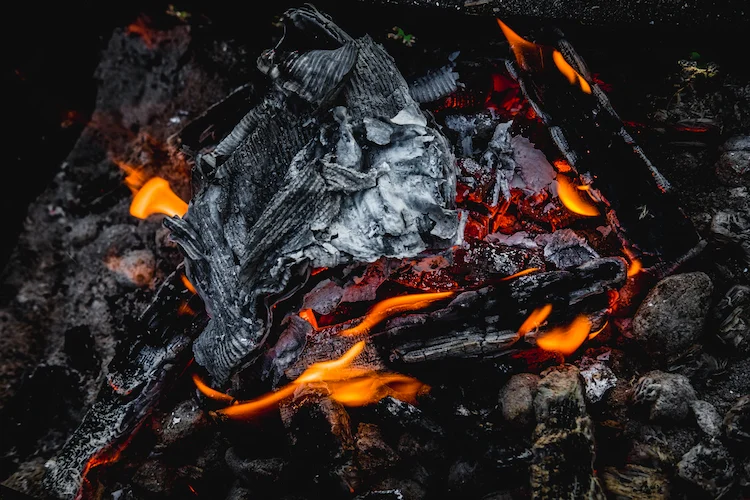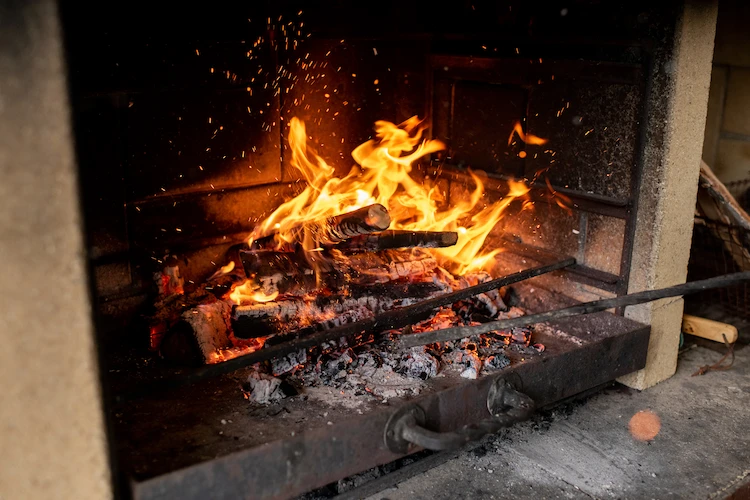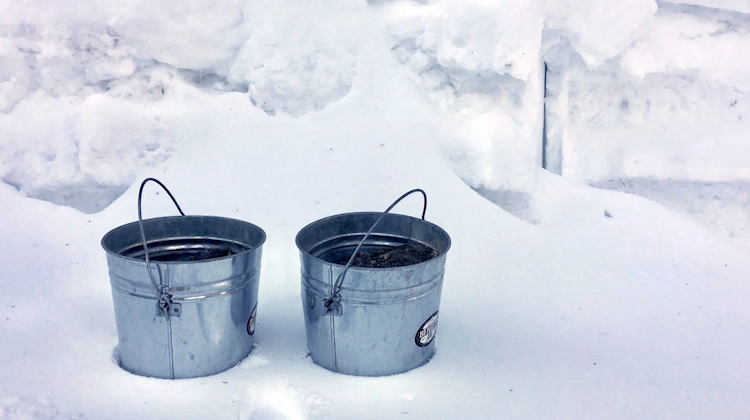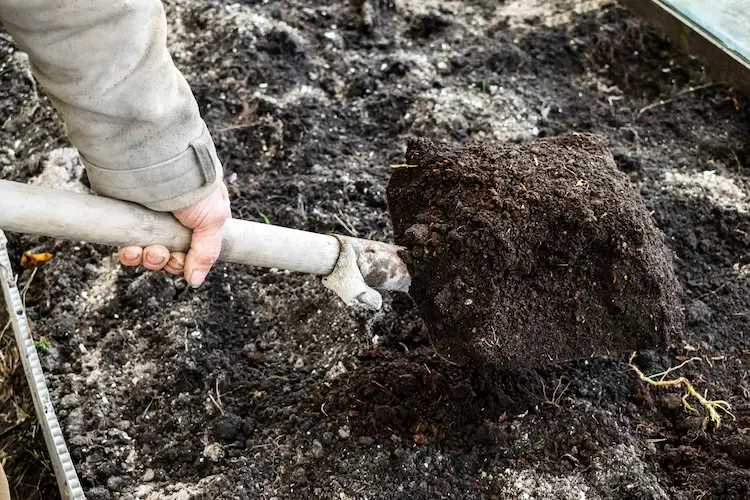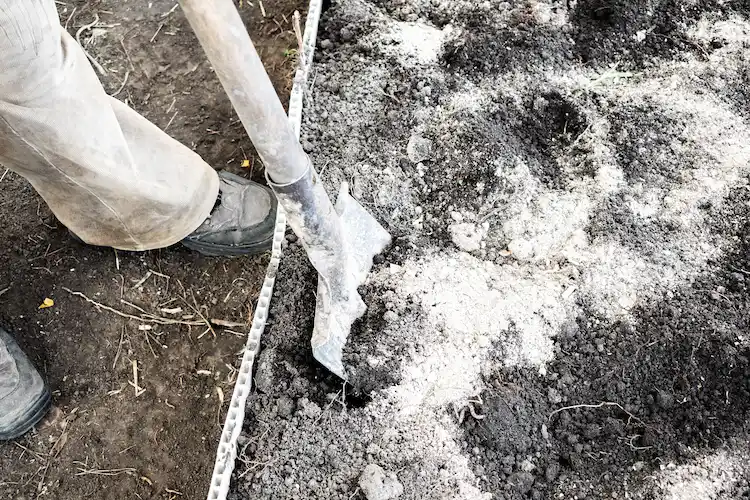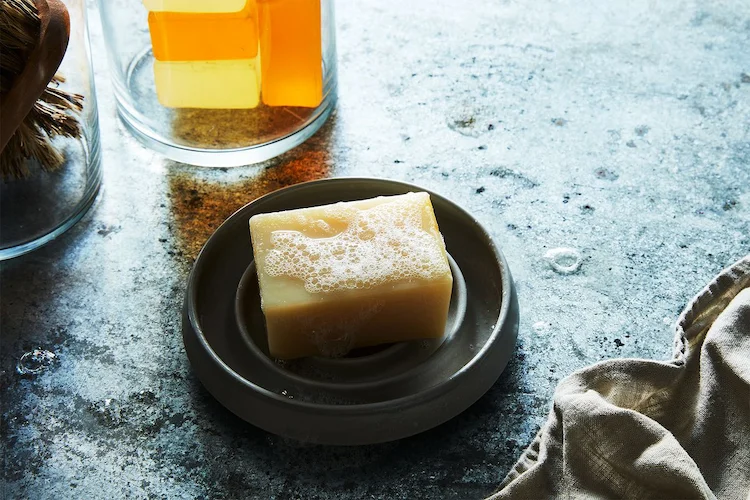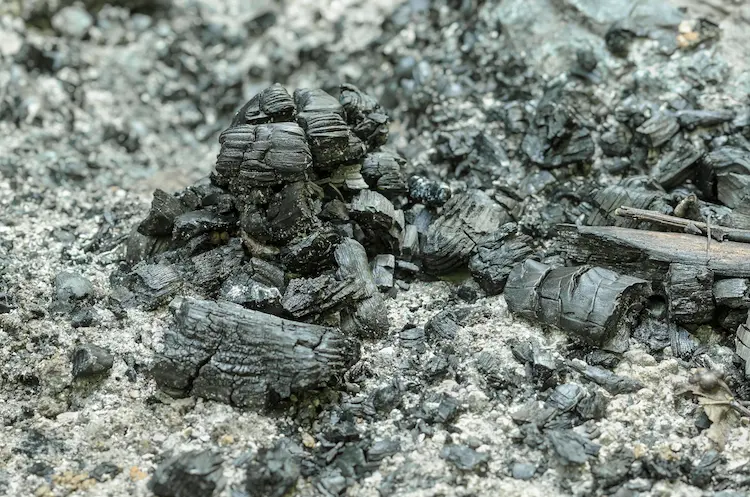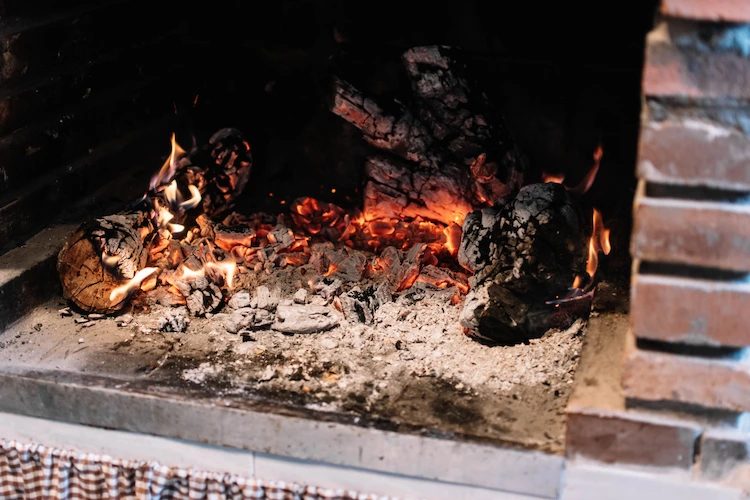If you improperly dispose of ashes when heating, you risk creating a fire hazard and carbon monoxide poisoning. It’s a messy, dusty, and potentially dangerous part of heating a home or adjacent building with wood. However, it only takes a few simple steps to ensure that wood ash is completely burned out and ready to be thrown away. This is an important cleaning task that you should do regularly to maintain the cleanliness in your home and minimize potential risks. Here is some useful information and cleaning methods you can follow to make the cleaning process easier.
When to dispose of burnt ashes?
Proper disposal of fireplace ash is a serious matter as one of the main causes of home fires is improperly disposed of hot wood ash. When the weather is cold outside, warm, cozy fires can be delightful. However, once it’s cleared, many people simply scoop up their ashes and dump them in their plastic waste container. However, it can store enough heat to ignite.
So never store or dispose of hot ashes in a flammable plastic waste container. This one simple action is a leading cause of home fires and has turned many memories of a delightful, cozy evening fire into a disaster. After a few hours in the plastic waste container, the ash has ignited the dumpster and suddenly the home can be on fire.
In addition, the type of wood burned determines the amount of wood ash produced. Simply put, softwoods like fir, spruce or birch tend to weigh less. However, they produce more ash than hardwood varieties such as beech, maple, or ash. In any case, when the fire burns down, a lot of ash remains in the stove or fireplace. That is why wood stoves and fireplaces should be cleaned regularly.
One of the biggest mistakes people make is removing the ashes from the fireplace every time a fire is lit. A thin layer of ash at the bottom of the fireplace helps insulate the fire, making it burn hotter and longer. It is therefore best to leave about an inch/2,5cm of ash. So consider clearing away the ash once it has piled up past this point. When it reaches the bottom of your grate, ash removal is overdue.
Also read: How Can You Use Wood Ash in the Household? What Can You Do with It?
Before you start the cleaning process
As already mentioned, a layer of ash can protect the bottom of your firebox during the heating season. This is because the ash is a buffer between actively burning wood. The time to remove the ash depends on how often a fire burns in your wood stove or fireplace. If this is your primary heat source, you should inspect and clean the ash container every week. This should leave a 1 inch/2.5 cm thick layer. So wait until the fire has gone out and the ash has cooled down enough. For people who heat with wood, the best time to do so is in the morning, before lighting or re-lighting the first fire of the day. Use a small metal ash shovel to scoop the leftovers into a metal bucket.
In addition, hot embers can hide in a fireplace ash bed after the fire appears to have burned out. It is therefore important to ensure that the fire has cooled completely before disposing of the ashes. It’s also a good idea to wait at least 24 hours after the fire is out before you start cleaning up. It is best to treat your fireplace ash as if it could still be hot. If you plan to store the ashes in your home, you should cover the bucket with a tight-fitting metal lid, or place it in the garage or a well-ventilated area. If combustion still takes place, the ash can release carbon dioxide, which is a real hazard.
Dispose of ashes or reuse it in the garden
If you don’t want to just throw your ashes on the snow or the ground, there are some useful things you can use them for in your household. After the ashes have been allowed to cool for several days, you can assume that they are either usable or disposable. You can wrap them up and throw them away with your regular trash, or you can find many ways for reusing the fireplace ashes. This can be very useful for floor maintenance.
- You can add ash to the compost for more nutrients.
- Another option is to sprinkle the wood ash directly into the soil for more calcium when caring for your plants.
- Mix the natural by-product into the soil for your garden beds to keep pests like snails and ants away.
- You can also use fireplace ash to create traction on icy surfaces, conceal stains on cement, or scrub glass or even silver fireplace doors.
- Properly disposing of your fireplace ash is easy, but following these simple steps is important to protect you and your home from an accidental burn, fire or carbon monoxide poisoning.
- If your fireplace requires more cleaning than just removing the ash, you can hire a professional cleaning service to do it for you.
Make soap with ash
Boil your recycled ash in water for about 30 minutes, then allow them to settle to the bottom of the pan to create lye. This is the common name for sodium hydroxide and is a key ingredient in soap making. When the ash is boiled, the lye forms accordingly on the water, which you can skim off afterwards. Hardwood ash is best for making lye because softwood ash is too resinous and produces a lye that does not mix well with the fat used in soap making.
Other practical tips and dispose of ashes ideas
Take the time to carefully remove the ash to avoid spreading dust around your room. Slowly move the container out of your home and dispose of in a designated area.
- Never allow ash in the bucket to accumulate in your home for any period of time.
- Some fireplaces or wood stoves also work with a small amount of ash t’s best to check your device’s user guide when you get a chance for the best course of action.
- Coal ash should always be disposed of safely, while wood ash can be used in a number of ways once it has cooled.
- In addition to regular maintenance, you should have your fireplace swept according to the fuel you use and the appliance manufacturer’s instructions.
As a general rule, you can adhere to the following guidelines. If you are using a locally approved sweeper, you can follow specific instructions for cleaning stoves in a schedule:
- Smokeless Fuel: Once a year
- Coal: twice a year
- Wood burning: Quarterly when used
- Oil burning: Once a year
Read also: How to Dry Firewood? – Useful Tips and Proper Storage Solutions!

